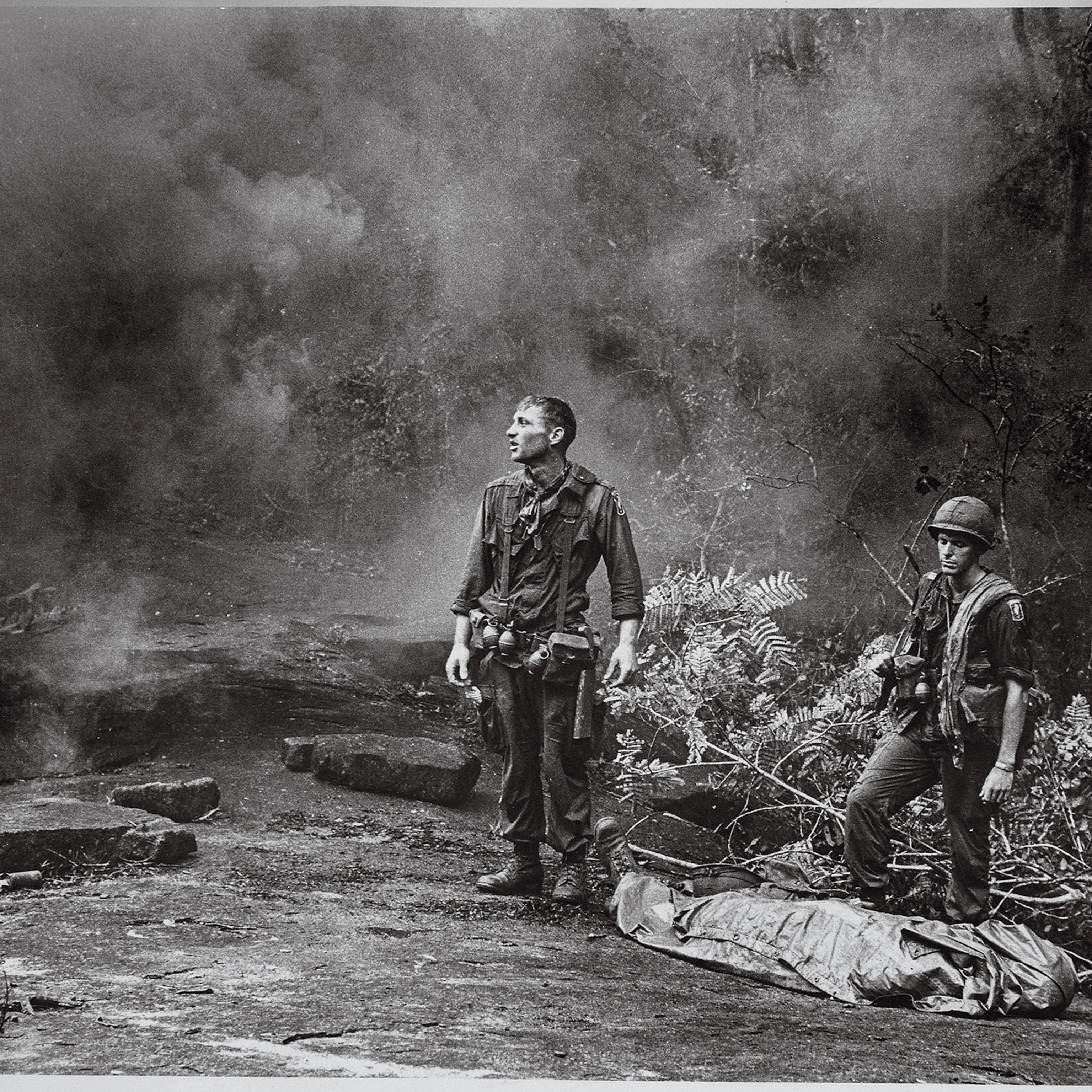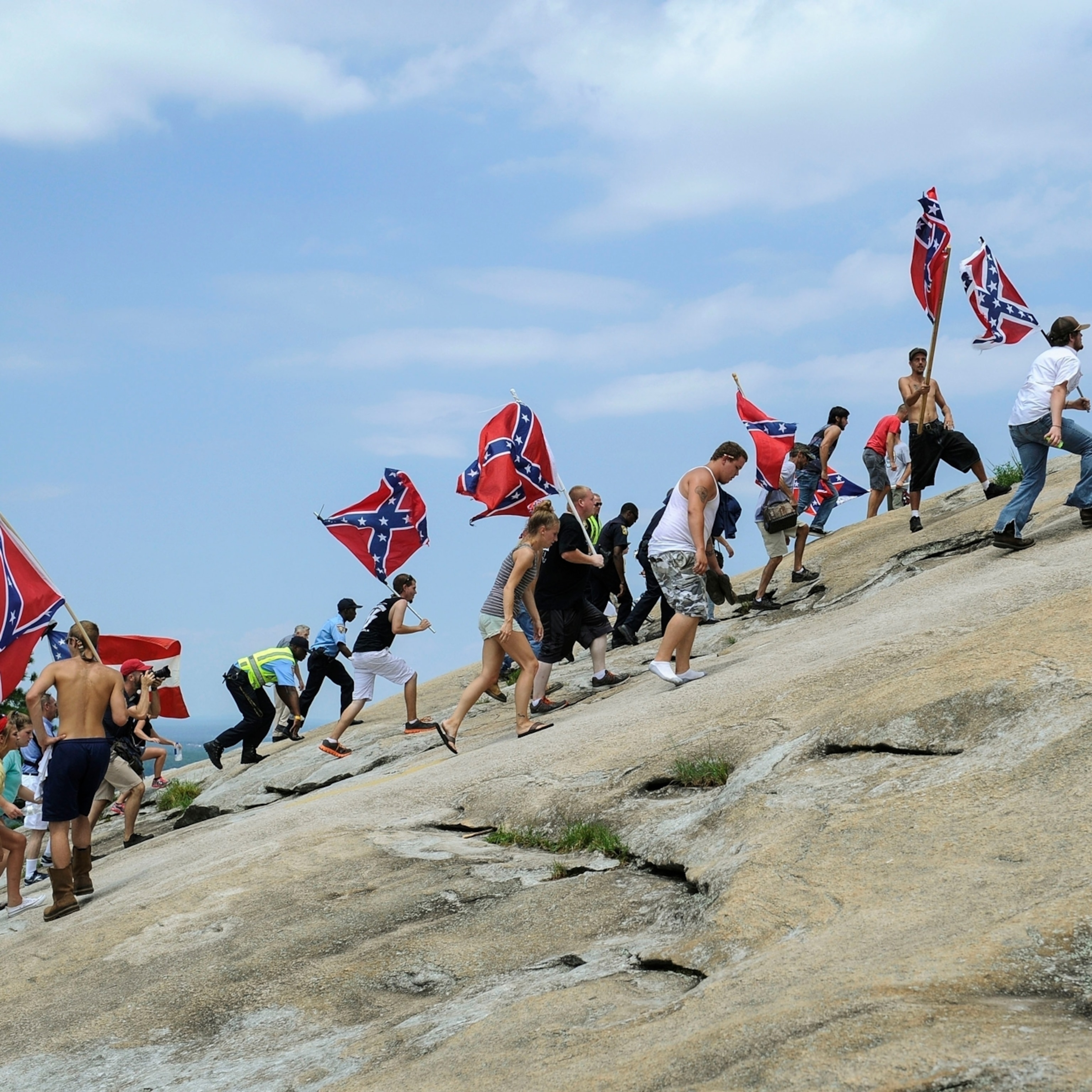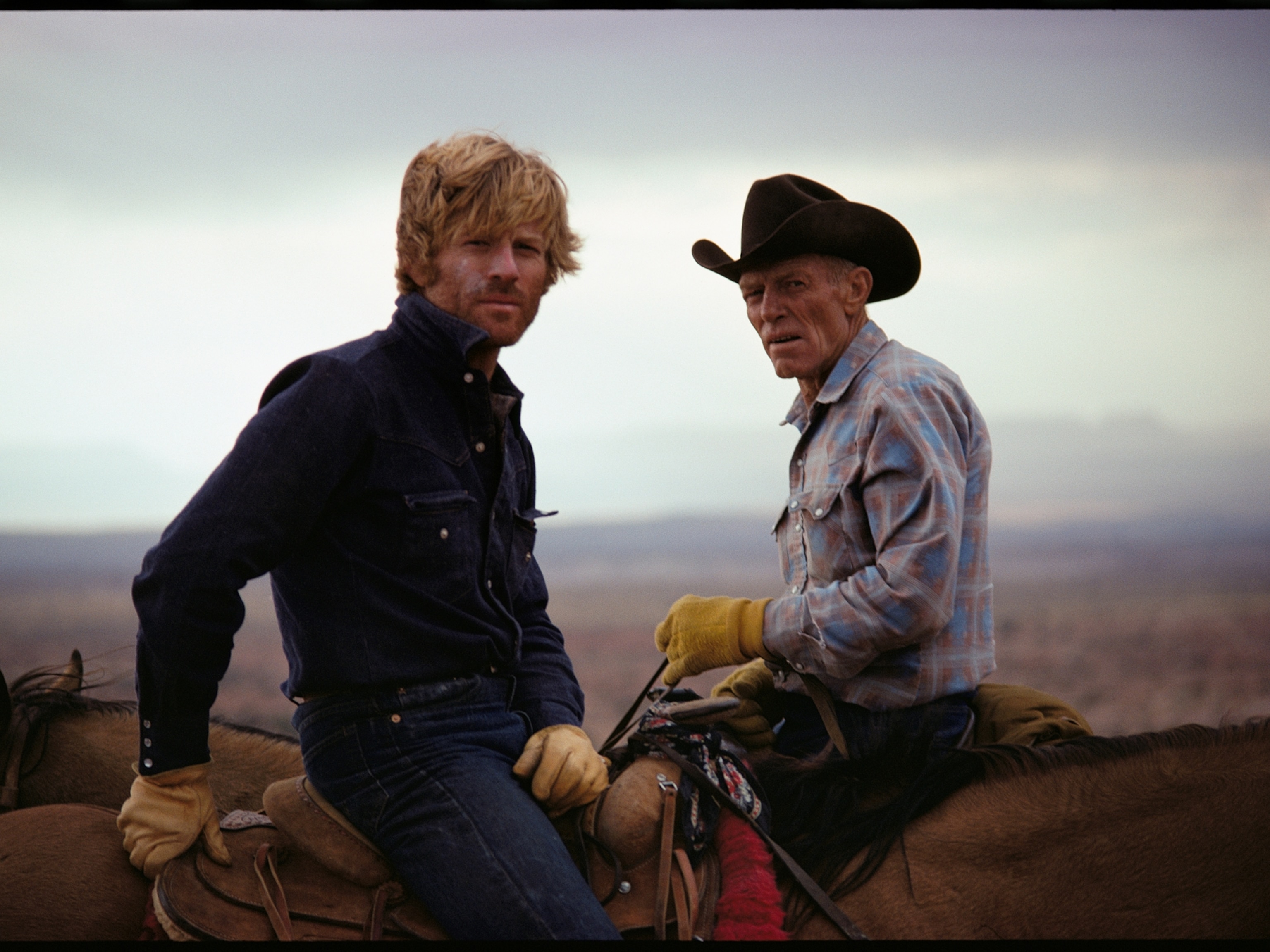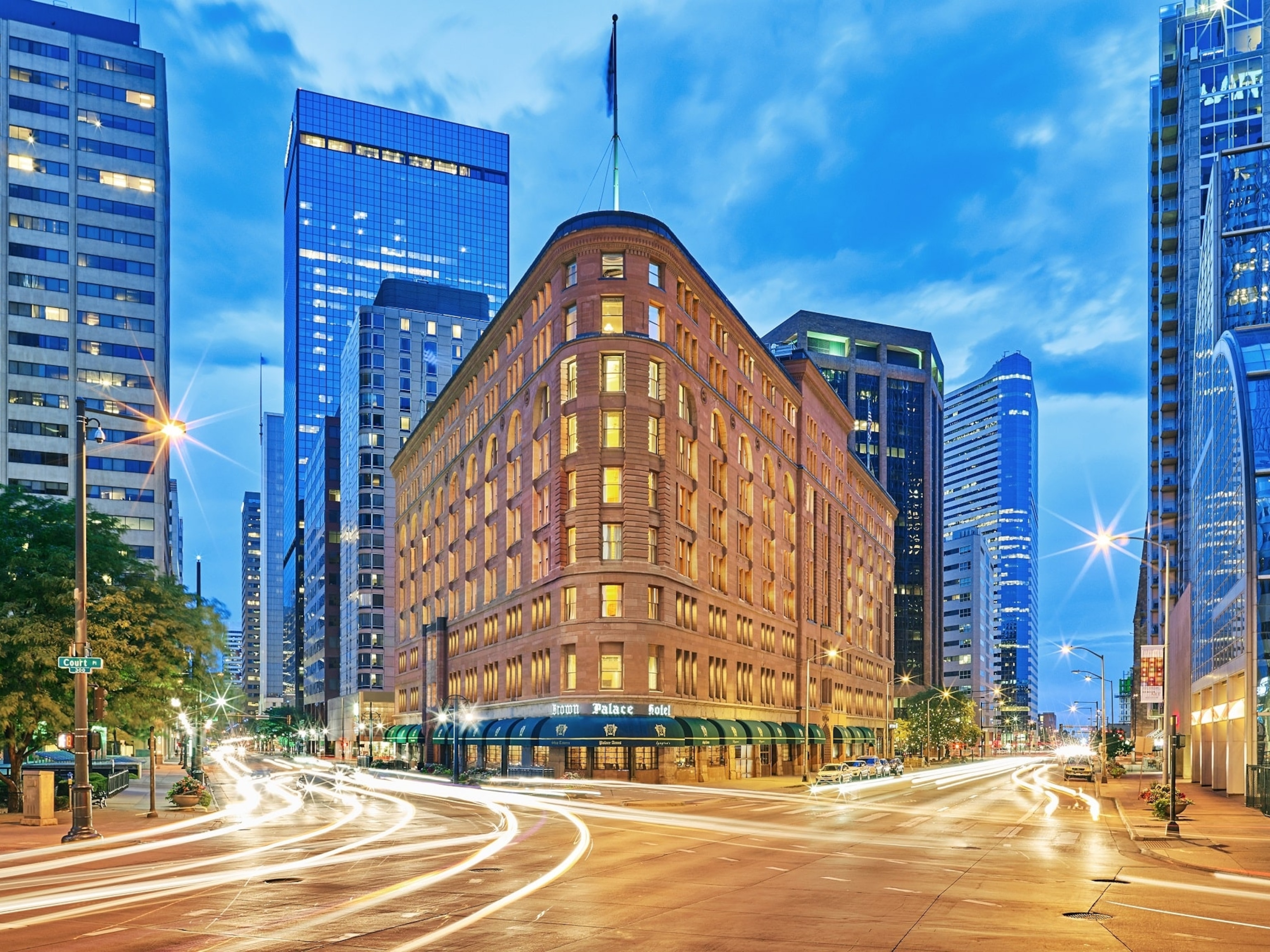The bloody history of anti-Asian violence in the West
One of the largest mass lynchings in the United States targeted Chinese immigrants in Los Angeles.

This year marks the 150th anniversary of one of the largest mass lynchings in American history. The carnage erupted in Los Angeles on October 24, 1871, when a frenzied mob of 500 people stormed into the city’s Chinese quarter. Some victims were shot and stabbed; others were hanged from makeshift gallows. By the end of the night, 19 mangled bodies lay in the streets of Los Angeles.
Lynching is a term most often associated with violence against African Americans in the post-Civil War South. But racial hatred has never been quarantined to one American region or confined to a single ethnic group. In Los Angeles in 1871, the victims were Chinese immigrants. Their deaths were part of a wave of anti-Asian violence that swept across the 19th-century American West—and reverberates to this day.
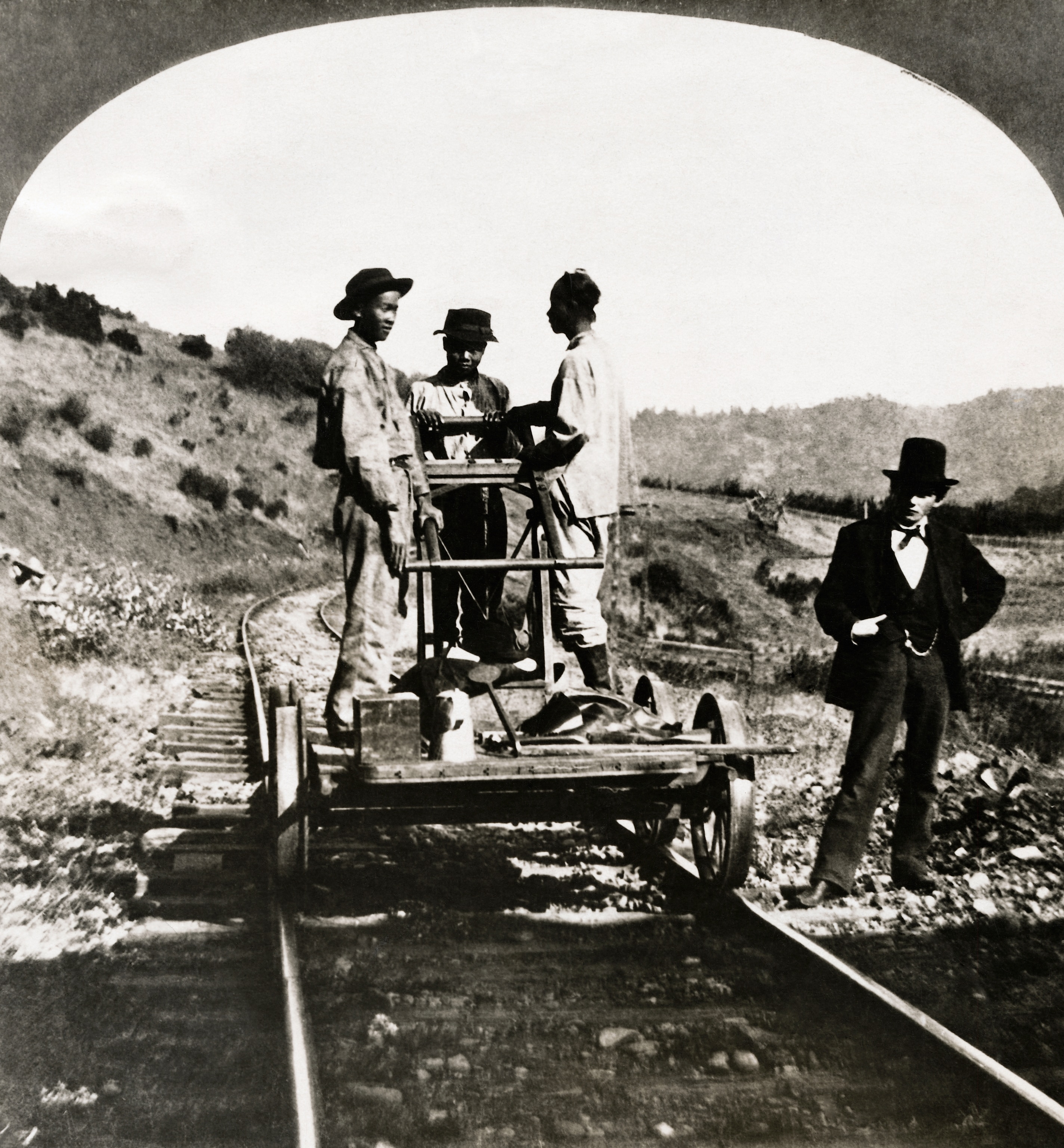
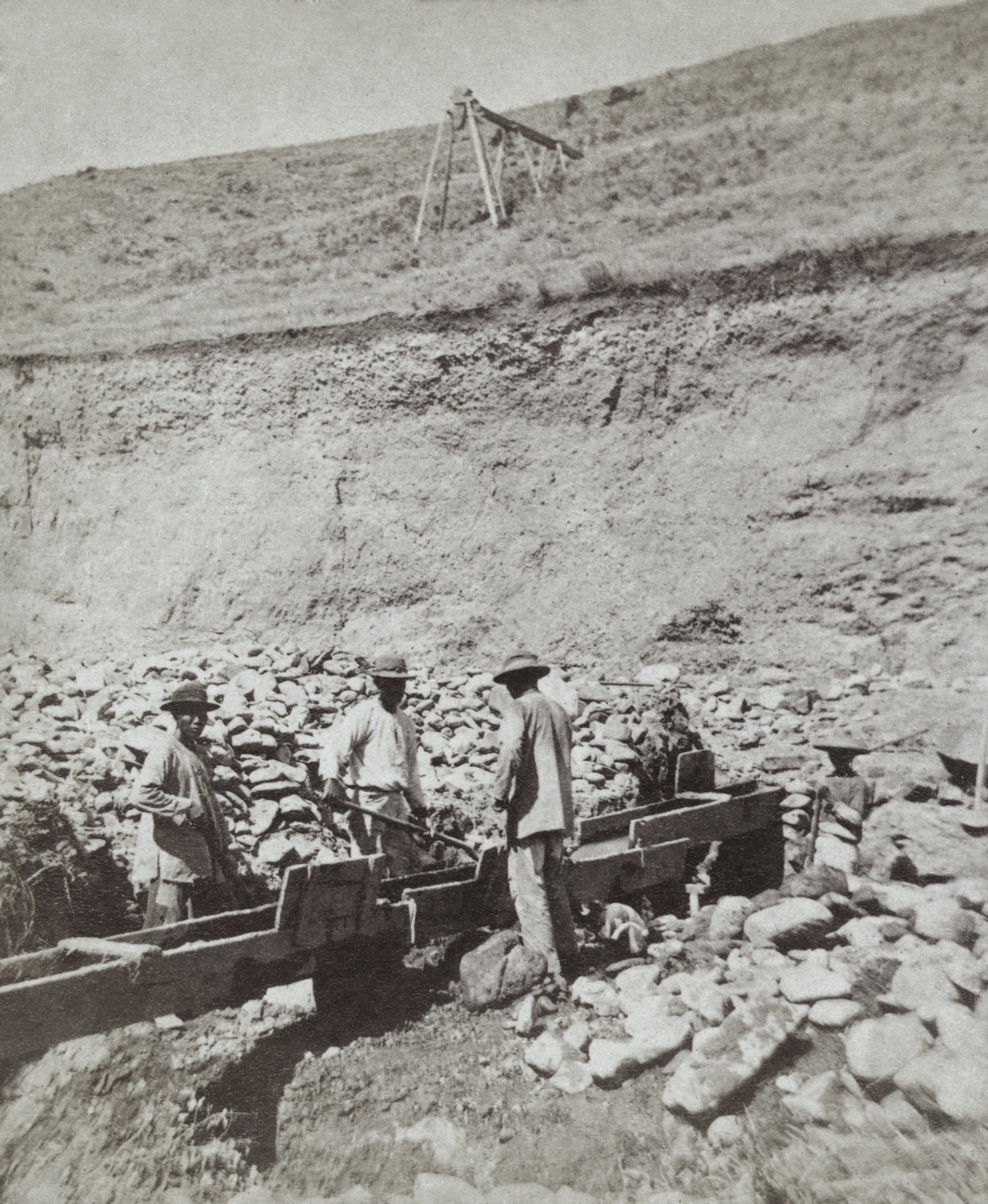
Chinese immigrants became the targets of abuse almost as soon as they set foot on American soil, beginning in 1850 with the California Gold Rush. White prospectors routinely drove Chinese miners from their claims, while state lawmakers slapped them with an onerous foreign miners’ tax. Along with Black Americans and Native Americans, they were barred from testifying against whites in California’s courts. As a result, assaults on Chinese people in California generally went unpunished.
A perceived labor threat lay at the root of this Sinophobia. By 1870, Chinese immigrants accounted for roughly 10 percent of California’s population and a full quarter of the workforce in the state. Wherever Chinese immigrants congregated in large numbers, white workers saw a risk to their livelihoods. The threat posed by Chinese immigration never represented the existential threat to white employment that some agitators claimed. Nevertheless, they mobilized against employers, including railroad corporations and wealthy ranchers, who had Chinese immigrants on their payrolls.
.jpg)

The campaigns against Chinese immigrants were well organized. In the immediate post-Civil War years, so-called anti-coolie clubs arose. The Central Pacific Anti-Coolie Association, among others, advocated for a ban on Chinese immigration and even defended white vigilantes. In 1867, a mob of white laborers drove Chinese laborers from their San Francisco worksite, injuring 12 and killing one. The Anti-Coolie Association rallied to the mob’s defense and won the release of all 10 perpetrators. This would become a recurring theme: injury and death for Chinese immigrants, exoneration for their assailants.
In the Reconstruction-era South, the Ku Klux Klan targeted African Americans and their white allies; in the West, Klansmen assaulted the Chinese. I’ve uncovered more than a dozen attacks on Chinese workers between 1868 and 1870 attributed to the KKK in California, as well as a smaller number in Utah and Oregon.
Klan activity in California ranged from violent threats to assault to arson. In the spring of 1868, white rioters raided a series of ranches in Northern California, savagely beating the Chinese workers there. When a Methodist minister opened a Sunday school for Chinese immigrants in 1869, vigilantes burned down his church and threatened his life. Klan-affiliated arsonists torched a second church, this one in Sacramento, for the sin of serving the Chinese community. They also burned down a brandy distillery near San Jose that employed Chinese workers.
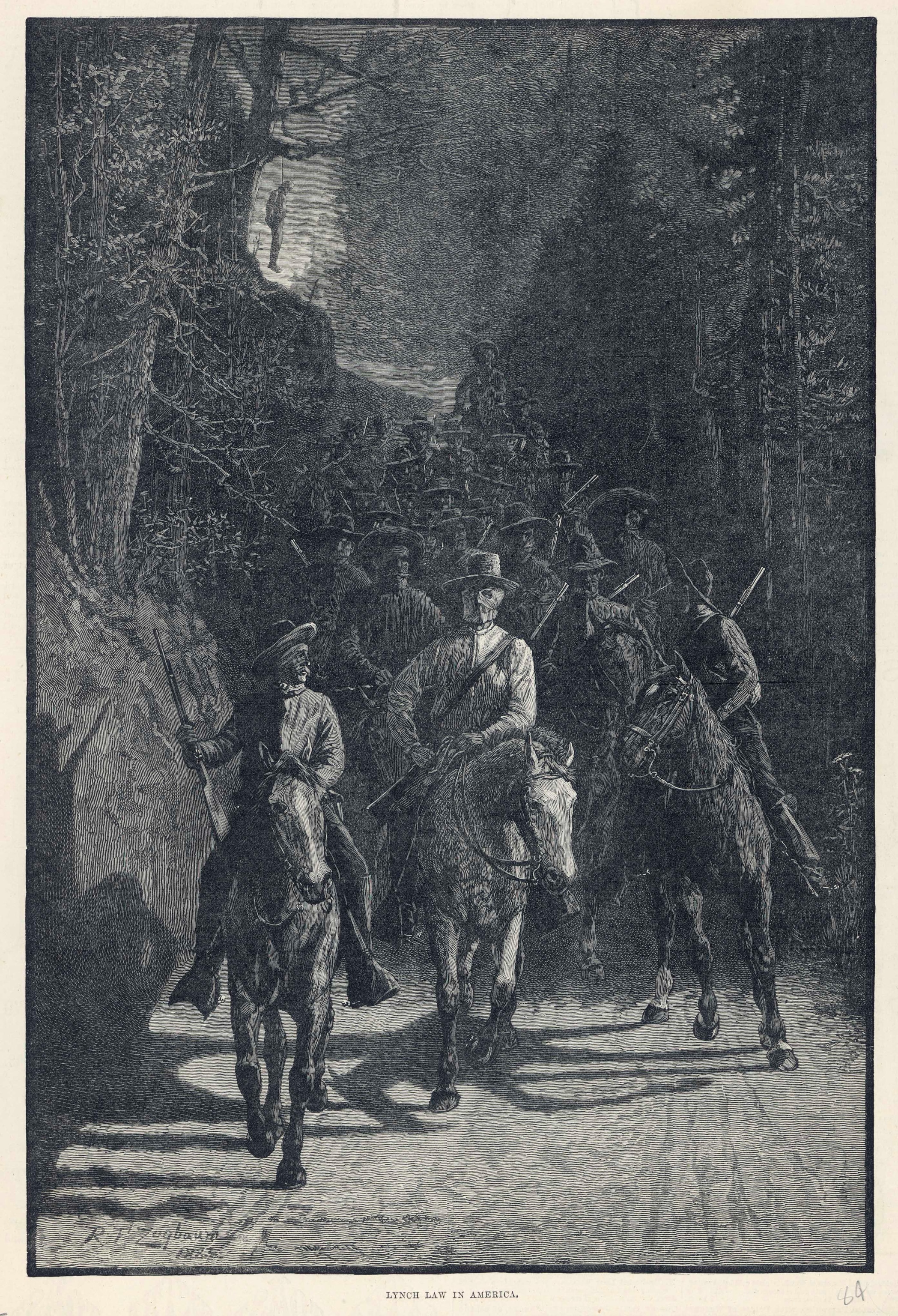
The Ku Klux Klan was just one manifestation of an anti-Chinese fervor that reached into the highest echelons of power within California. In his 1867 inaugural address, Governor Henry Haight warned that an “influx” of Chinese immigrants would “inflict a curse upon posterity for all time.” State lawmakers campaigned against the two major civil rights measures of the era, the Fourteenth and Fifteenth Amendments, by claiming that the amendments would grant citizenship and voting rights to Chinese immigrants. Spurred by Sinophobia, California rejected both measures outright—the only free state to do so. Not until 1959 and 1962, respectively, would the California legislature offer a token ratification of the amendments.
Newspapers amplified anti-Chinese sentiment and normalized hooliganism. The editor of the Los Angeles News, Andrew Jackson King, filled his columns with vitriolic abuse of the small local Chinese population. They were, he wrote, “an alien, an inferior and idolatrous race;” “hideous and repulsive;” “a curse to our country, and a foul blot upon our civilization.” (While he publicly thundered against these immigrants and the threat they posed to white workers, King employed a Chinese cook in his own home.) A spike in assaults on Chinese workers followed from his editorials.
The assault that took place in Los Angeles on October 24, 1871, was the largest and deadliest of the attacks. Roughly 500 rioters—Anglo-Americans and Hispanic residents alike—charged into the city’s Chinese district after a shootout between suspected Chinese gang members and local authorities resulted in the death of a white former saloonkeeper and the wounding of a policeman. As the mob closed in, petrified Chinese residents took shelter in a long adobe building at the heart of Chinatown. (Find out why the U.S. has so many Chinatowns.)
Two hours of indiscriminate killing followed. The mob smashed through the doors of the building and seized Chinese men and boys hiding inside—only one of whom had participated in the earlier gunfight. Rioters mutilated and murdered virtually any Chinese person they could find. When the mob ran out of hanging ropes, they used clotheslines to string up their victims.
The mob ultimately claimed 19 lives, including a respected doctor and an adolescent boy. All but two of the bodies were moved to the city’s jail yard, where frantic friends and family members searched for their loved ones among the rows of dead. The death toll represented 10 percent of the city’s Chinese population.
Although eight rioters were convicted of manslaughter, they all walked free a year later on a technicality.

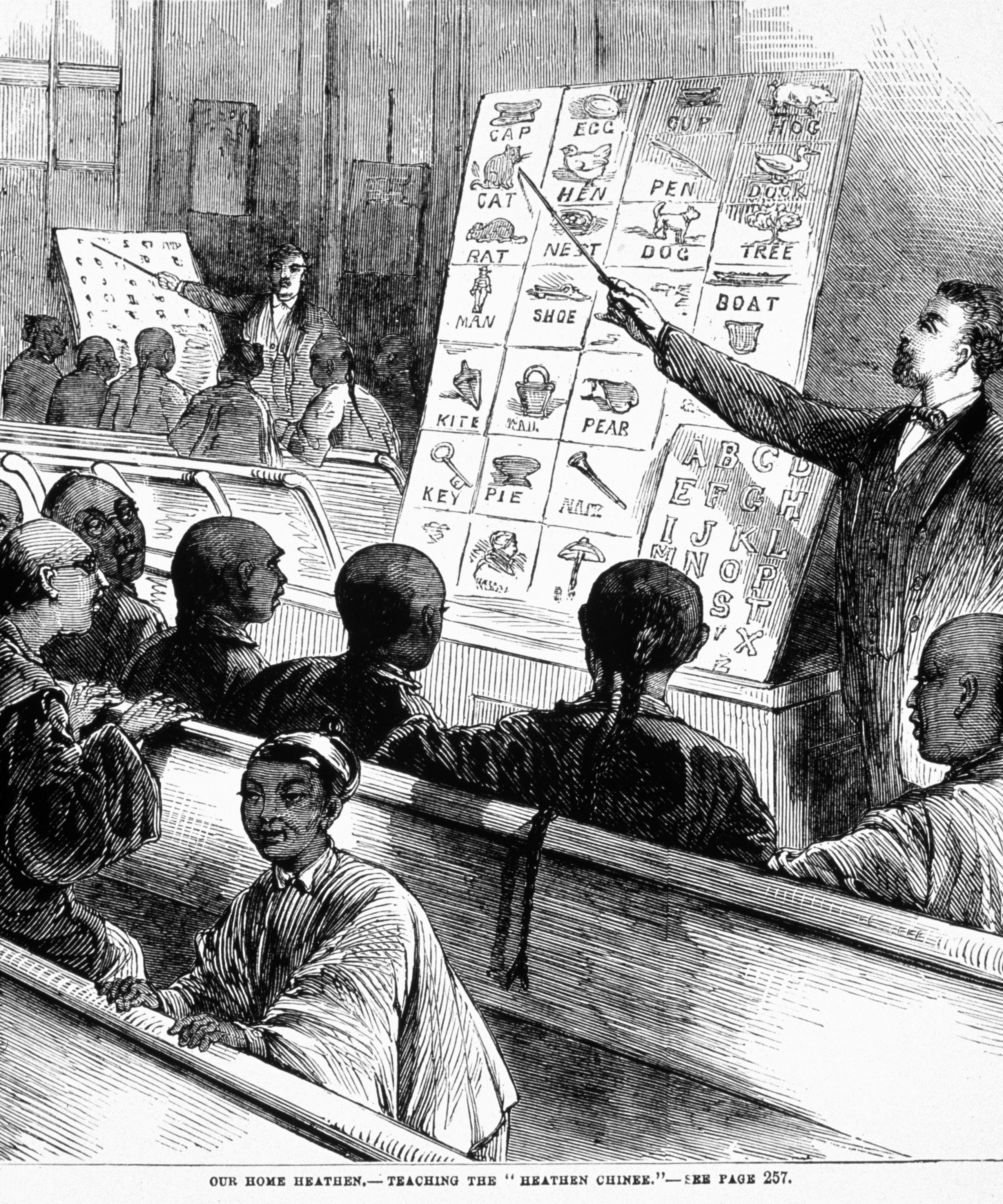
This October, Los Angeles will commemorate the 150th anniversary of the massacre amid a national uptick in anti-Asian violence. Leaders in the Chinese American community are planning a weeklong series of events to reflect on the tragedy and its resonance today. That programming accompanies a campaign to erect a permanent memorial to the 19 victims. Together, these commemorations will be a somber remembrance of the atrocity and the enduring challenges that Chinese Americans face.
But they will also be a celebration of survival. Within a year of the massacre, Chinese immigrants moved back into some of the same quarters that had been ravaged by the mob. They rebuilt much of what had been lost and resisted repeated calls for their removal. Their very presence sent an indelible message: The mob had failed, and they would remain.
That’s a key message for Gay Yuen, president of the Friends of the Chinese American Museum in Los Angeles, as she prepares for this year’s anniversary commemorations. “Chinese American history is U.S. history; it’s California history; it’s Los Angeles history,” she told me. “We are Americans and we helped build this country. We’re not others and we’re not foreigners.”

Kevin Waite is an assistant professor of history at Durham University in the UK and the author of West of Slavery: The Southern Dream of a Transcontinental Empire (2021).


